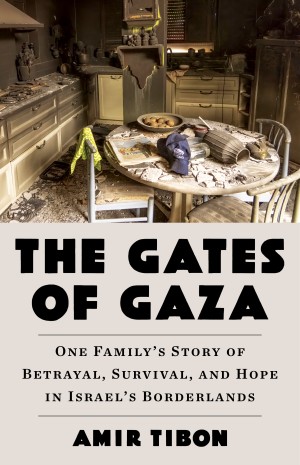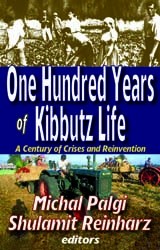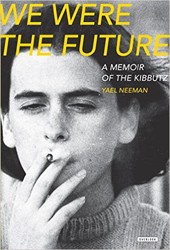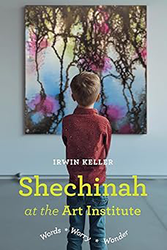It is hard to write about Noam Dorr’s Love Drones without describing the experience of reading it. Even though all of the text is delivered to us in blocks of prose, the book itself screams poetry, with its sections that vacillate between different forms and the ways in which text utilizes the page. Only the titular section, “Love Drones,” has text that spans the full length of the page in the typical way. “Wouldn’t It” presents each small snippet of text with line drawings of the parts of a rifle. “Passport” superimposes the text on top of the watermarked background of passport paper, in additional to having the text stretch the entire way from the verso page’s left margin to the recto page’s right margin. In between each section is a micro piece, each called “Light/Text” which places a square with a dot in the middle — a representation of a pinhole camera — and a short piece of text on top of a faded photograph in a second box on the next page. In fact, unless one were to very carefully read the back cover, they might totally miss these pieces of texts described as essays.
Dorr’s use of form is, of course, one of the strengths of this book. The forms allow Dorr to compartmentalize and then tie together his experience which is often split between places like Israel and America, the two places he has passports for, or the two factories in the kibbutz: the juice factory that Dorr worked in and the explosives factory that was underground. Dorr is hyper aware of how close he has always been to both life and death, and how he cannot experience one without the other.
In the first part of “A Study in Three Oranges,” Dorr describes the day the smell of orange blossoms finally takes over the kibbutz: “the sweetness of citrus blossoms covers the valley — covers up all of the smells of the everyday: the shit from cow pens, the rotting orange peels turning into cattle feed, the burnt turkey feathers and bones outside the slaughterhouse.” For Dorr, these experiences are not parts of a cycle, per se, but a series of overlapping dualities, ones that he navigates emotionally and physically. In the rest of this essay, Dorr explores his experience working in the orange juice factory with the preciousness of oranges becoming ordinary, as he lives with them in abundance, and the story of the two men who died by suicide using a grenade packaged in a hollowed-out orange held between their chests. This story, “rimon bein halevavot” in Hebrew or “grenade/pomegranate between the hearts” is a bit of a myth in how it has been retold, and Dorr beautifully tells his version in pieces, braided with other stories, like how the grenade maker, a man he calls “The Engineer,” was so proud of figuring out how to make the grenades work: “For him, it was the wonder of discovery. The death of two men was secondary.”
Even with the story of the orange grenades, “A Study in Three Oranges” is emblematic of how bright Dorr’s writing is throughout this book. It also serves to show how interwoven these sections are, despite how they differ. The oranges show up again at the end of the book in “Eros the Multiple-Choiced the Algorithmic the Intelligencer the Bittersweet.” This section, in the form of a play in six acts, intersperses responses to a dating profile survey with two kinds of blocks of text: one that describes two lovers and their other lovers and another in square brackets from the first person. It is also probably the funniest section — the responder to the survey does not know exactly how to answer questions with binary answers, when his answers are anything but. The oranges arrive in a lovers section, when Dorr writes, “In another life this Eros would be the splitting of an orange, and segments handed around and shared— the seeds planted deep for future trees for future lovers to enjoy.” And then, we are back in the prison, with two men holding their life in an orange between them.
Dorr’s book is hard to write about because it is so thorough, complex and thick with wonder and curiosity. As the forms of each section work as hard as they can to tightly knit Dorr’s questions and conclusions together, the reader is asked to do the same, to see that some knots cannot be totally unraveled.
Elizabeth Deanna Morris Lakes is a writer and editor. Her book, Ashley Sugarnotch & the Wolf, is forthcoming from Mason Jar Press.





